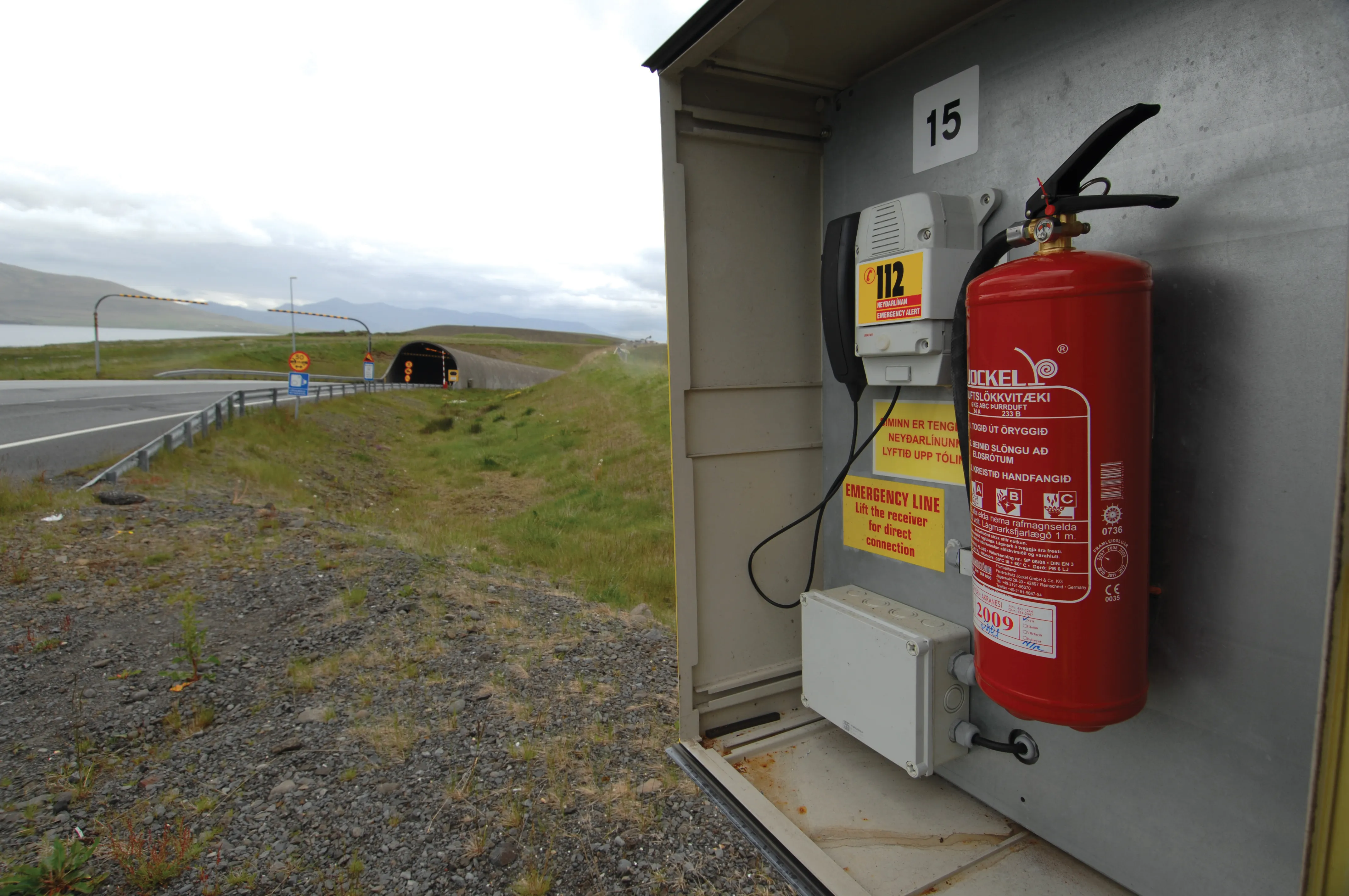The National Roads Authority (NRA) in Ireland has announced it will expand its journey time system by expanding deployment of ANPR cameras from 80 to 126, allowing vehicles to be tracked between two points to calculate the flow and speed of traffic.
April 11, 2012
Read time: 1 min
RSSThe National Roads Authority (NRA) in Ireland has announced it will expand its journey time system by expanding deployment of ANPR cameras from 80 to 126, allowing vehicles to be tracked between two points to calculate the flow and speed of traffic. The extra cameras are part of a €20 million investment in 3278 ITS planned for 2012 to help monitor traffic flows improve driver communication which will see the number of variable message signs increased from 57 to 84, and improvements to incident detection and emergency response. The investment will also see an increase in emergency roadside phones from 989 to 1,300 as part of plans to have one phone on every 2km of Ireland's 1,187km motorway network.








